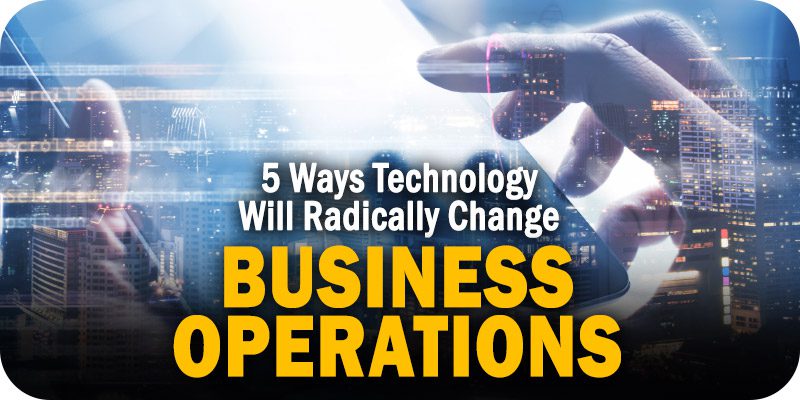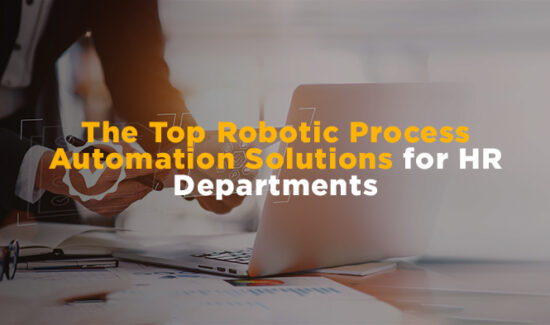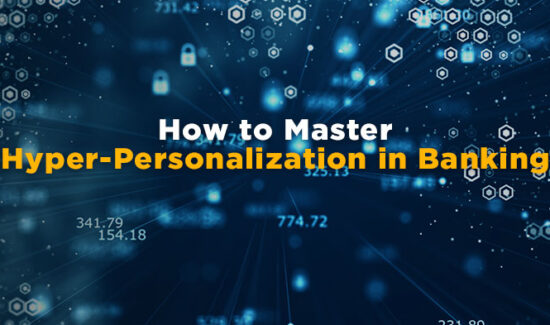5 Ways Composability, No-Code, and Automation Technology Will Change Business Operations in 2022


As part of Solutions Review’s Contributed Content Series—a collection of articles written by industry thought leaders in maturing software categories—Jay McGrath, the Chief Revenue Officer at Tonkean, shares some insights on the ways emerging and evolving technologies will affect business operations in the future.
Technological advancements are changing much of how organizations manage business operations. Innovative technologies, combined with market forces, will enable and compel organizations to completely reimagine the way they operate across the board. This is a needed evolution, especially as The Great Resignation continues to alter the way people think about work and inspires them to look for more out of their work experience. What does “changing the way people work” look like, though? Well, it starts with business operations.
Here are five ways technology will radically change business operations in 2022 and beyond.
1) Business Operations Will Be Redesigned to Accommodate Composability
Composability entirely revamps how organizations operate. Composability—assembling and reassembling software with “building blocks” composed of business capabilities—utilizes no-code interfaces that allow non-technical workers to create full-blown software and operating solutions. Composable solutions can be designed to automate menial tasks and cross-departmental workflows. Historically, this is something that nontechnical teams have been unable to do. Instead, organizations remained creatively dependent on IT, or people who can code—which is only 0.4-percent of the human population.
Composability obliterates that bottleneck and introduces a whole new way of operating. It allows non-technical teams to build various tools without ever having to write a line of code themselves. Composability can enable every end-user inside an organization to be technologically creative, from solutions that automate entire business processes to applications that do something specific. This allows entire organizations to operate in a true agile fashion and deliver solutions that fix problems in iterative, incremental, adaptive, and fundamentally agile ways.
In 2022, composability will be increasingly embraced. The more widely understood this becomes, the faster organizations will move away from traditional means of business operations for one that is composable.
2) No-Code Will Become Even More Mainstream
No-code will become more mainstream in 2022, mainly due to how integral no-code is in composability. No-code platforms are how non-technical teams access, manipulate, and compose the building blocks that ultimately comprise their composable solutions. Without them, nontechnical teams would not be able to create solutions because they would get bogged down in technical requirements.
Non-technical teams utilize no-code platforms to access, manipulate, and compose the building blocks that ultimately comprise composable solutions. On the other hand, low-code platforms cannot provide non-technical teams with the ability to create solutions because using low-code still requires significant technological expertise. No-code platforms can fully abstract the needed technical expertise when interacting with complex and innovative software components and help users realize the true promise of composability.
As an understanding of the potential of composability spreads in the coming years, the demand for no-code platforms will increase, bringing it even further into the mainstream.
3) There Will Be An Increased Separation of No-Code and Low-Code
The distinction between no-code and low-code has remained muddy. While the terms “no-code” and “low-code” are sometimes used interchangeably, they are pretty different. Each of the technologies functions differently and serves other purposes and audiences. Low-code helps coders build software faster, while no-code allows people who are not coders to create software solutions. One is an accelerant for a small subset of people, and the other is an enabler for everyone.
As more organizations adopt composable operating structures, the distinction between no-code and low-code will become more straightforward and more understood in 2022.
4) Automation Software Will Become More Sophisticated
Currently, the primary purpose of automation software is to increase organizational efficiency on a task-by-task basis. It relies heavily on traditional coding schemes, techniques, and procedures, which make its management out of reach for all except highly technical teams. However, by utilizing no-code and composable platforms, non-technical teams that know and run the business can drive automation implementations and reimagine work experiences.
In 2022 and beyond, automation will permeate every element of organizations. Rather than relying on IT to automate specific processes on a one-off basis, organizations will empower teams to use automation to redesign many kinds of work experiences, making the processes that power the organization more personalized and human-oriented.
5) Composability Will Drive Higher Adoption of AI and Other Cutting-Edge Technologies
There is virtually no limit to what functionalities and capabilities IT can make available to individuals composing the software solutions in a composable organization. IT can create new blocks consisting of new innovative tools, and non-technical individuals can easily augment the solutions they build with whatever new technologies are available. This is how a more significant number of workers can leverage cutting-edge technologies, such as AI.
These technologies will be among the legion of innovations that people working inside composable organizations will have access to and will be able to utilize moving forward.
Business Operations Are Changing for the Better
In 2022 and beyond, business operations will change dramatically. Non-technical teams will no longer rely on the apps that IT purchases or builds for them. Business operations departments will no longer have to work tirelessly around their apps’ limitations. Instead, people will be empowered to create the near-ideal experience themselves.
Empowered by composability, no-code, and a new approach to automation, the way organizations think about leveraging technology will change. Their governing concern will be more grounded in the needs and wants of every organization’s most critical and powerful asset: their people.
























